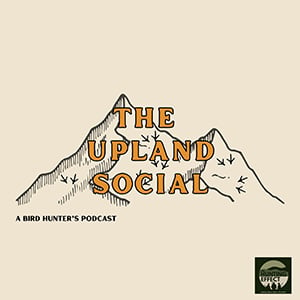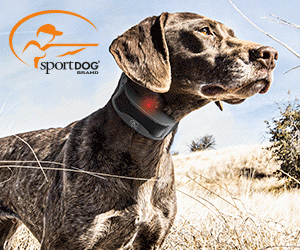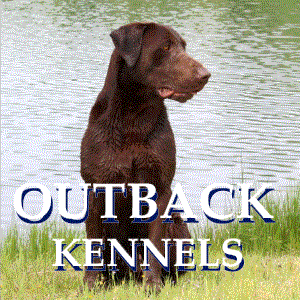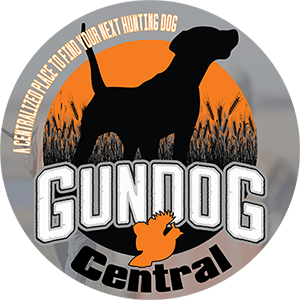How to Help Your Dog Learn
After skipping a day or two, most of the dogs started making greater strides in a shorter period of time. Over the decades, I saw many examples that proved that dogs learned much faster on an every-other-day training schedule. Dogs had what I call a “light bulb moment,” when they mastered a difficult behavior at an astonishingly fast rate. Those light bulb moments came following a break from training, and they came because dogs returned to work with a sharp attention span.
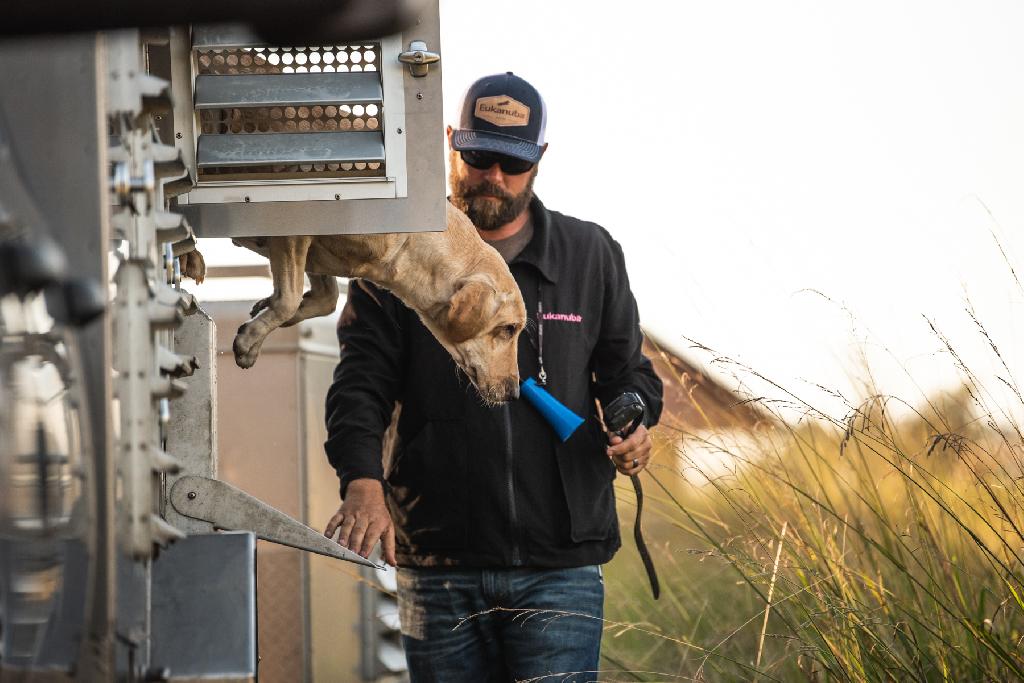
Trainers can produce great leaps forward in a dog’s training program by resting the dog for a week or two, and then by bringing him out to work on a very difficult training issue. Keep lessons very short. Focus on one learning objective at a time. Stay with that objective until the dog has mastered it. Then move on. With the exception of teaching retrievers to perform long water retrieves, or bird dogs to honor, three to five minutes is all that it takes.
[%BANNER-EUK650%]
About a decade ago, I discovered a research program that supported my findings. In 2010, scientists at the University of Copenhagen studied the frequency and duration of canine training sessions1. This study involved 44 dogs that were divided into four groups.
The groups were:
• W1 - Trained weekly, one session per day, one day per week.
• W3 - Trained weekly, three sessions per day, one day per week.
• D1 - Trained daily, one session per day, five days per week.
• D3 - Trained daily, three sessions per day, five days per week.
The W1 group learned the fastest. The dogs arrived at their sessions very focused and ready to learn.
D3 learned the slowest of the groups. Overtraining had a negative impact on the dogs’ learning because the dogs viewed training as punishment. Dogs thinks anything that causes discomfort is punishment. Continuous, repetitive work bores and tires them.
W3 and D1 had learning speeds that were similar.
Learning timelines should focus on the five critical gun dog behaviors.
The first is recall, for the dog must come when called.
The second is delivery to hand, which is first a bumper and later a bird.
The third is to sit and stay. Gun dogs must be obedient and remain calm, especially when in a boat or blind where there’s a lot of commotion.
The fourth is memory retrieve, which is knowing where a bumper or a bird fell without being able to see it.
The fifth is a whistle stop. I don’t require my British labs to sit at the whistle, but instead to look for a command.

Train to those five points in short, focused sessions, and you’ll develop an outstanding gun dog in a short period of time.
Learning is not to be confused with conditioning. Learning is teaching dogs new skills. Conditioning is developing their physicality to be strong and fit to perform. Let’s face it, conditioning can be boring and mundane. Performing the same tasks every day gets old. To hold your dog’s attention, vary up your conditioning approach. Do some roading on one day, add in water drills the next day, fold in patterning on the third day, run marks on the fourth day, and run blinds on the fifth day.
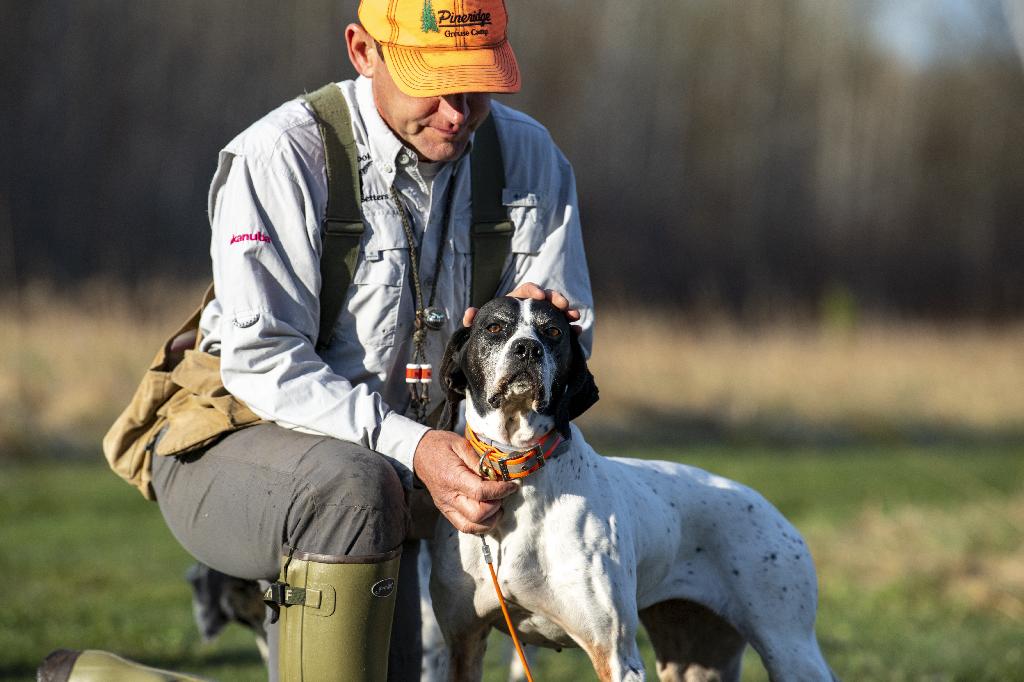
Your dog will respond well to the diversity because he’s finding every day to be new and interesting. As your dog gets more fit, gradually increase the conditioning times.
Using a short, focused training session helps handlers bring out the most in their dogs. Differentiate training from conditioning, and you’ll have a dog that learns quickly and is in great shape come hunting season.
[%BANNER-EUK960%]
1. THE EFFECT OF FREQUENCY AND DURATION OF TRAINING SESSIONS ON ACQUISITION AND LONG-TERM MEMORY IN DOGS. / DEMANT, HELLE; LADEWIG, JAN; BALSBY, THORSTEN JOHANNES SKOVBJERG; DABELSTEEN, TORBEN. IN: APPLIED ANIMAL BEHAVIOUR SCIENCE, VOL. 133, NO. 3-4, 2011, P. 228-234.
Related Aritlces
The Basics of Clicker Training for Puppies
To become successful hunting companions, sporting breed puppies have a lot of skills to master. Clicker training is a great training method for any of the sporting breeds. The method is simple and it marks and then rewards good behavior. Every time a puppy completes a task correctly, he is conditioned with a click. The click is a unique sound that comes from a mechanical noisemaker and marks the precise moment he is doing the right thing. The mark is followed by a training treat to reinforce the correct behavior. Here’s how to use clicker training to teach three basic commands.
Positive Training Methods for Puppies – 4 Tip
Positive training methods are becoming increasingly popular and work well when your puppy is young. This training method rewards puppies for successfully completing a task. Once a puppy understands the kind of behavior that gets him a reward he’ll want to do more of it. Here are four ways to get started using positive training with your puppy.




